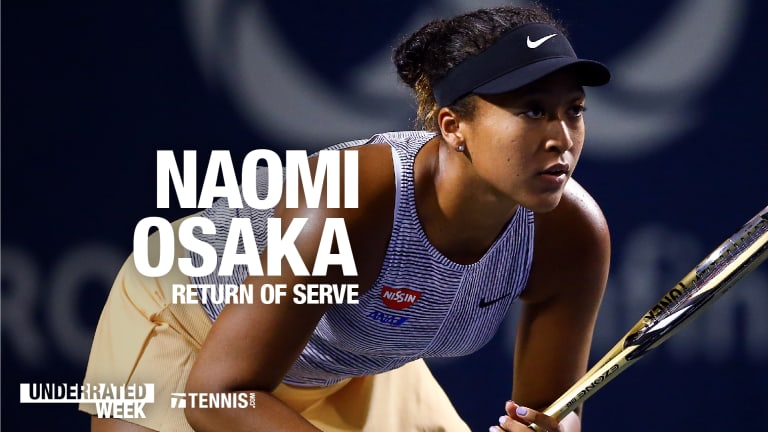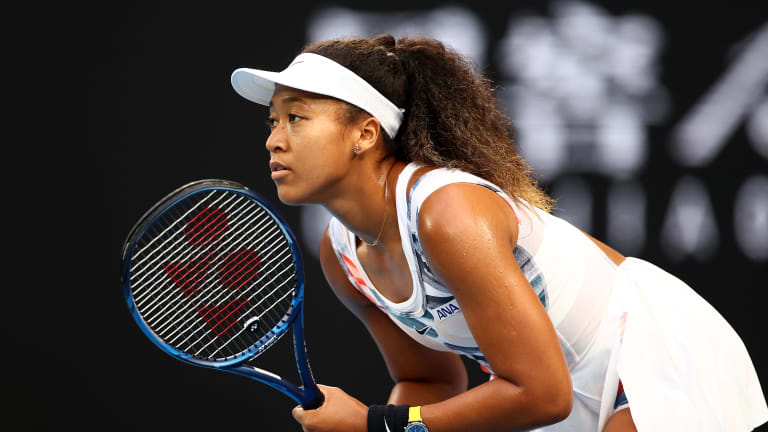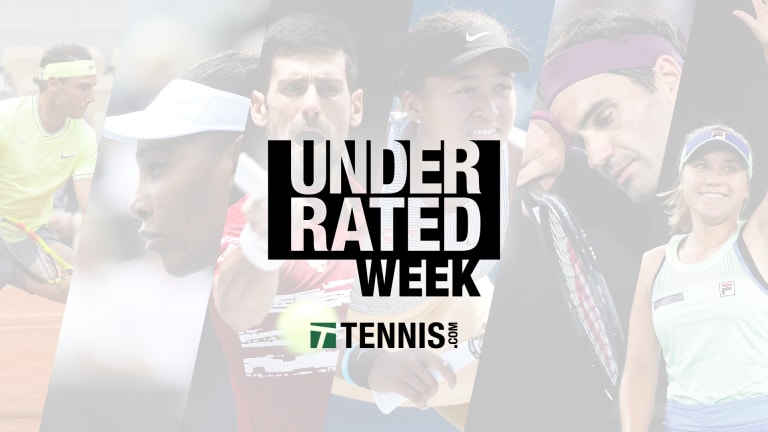Underrated Traits of the Greats: Naomi Osaka's return of serve
By May 08, 2020Social
"Done with my crashout": Naomi Osaka ready for reset after losing Madrid opener
By Apr 24, 2025Madrid, Spain
Alexandra Eala to face Iga Swiatek in Madrid; Naomi Osaka loses clay-court opener
By Apr 22, 2025Lifestyle
Game, Set, Recharge: Globe-trotting tennis pros fight jet lag by staying one step ahead
By Apr 19, 2025Style Points
Naomi Osaka teases more iconic tennis kits: 'Treating every Grand Slam like the Met Gala'
By Apr 04, 2025Miami, USA
'Brave' Magda Linette ousts Coco Gauff, Fils tops Tiafoe on tough Monday in Miami for U.S.
By Mar 25, 2025Miami, USA
Jack Draper, Coco Gauff and Naomi Osaka all in action: Miami, Day 5 Preview
By Mar 22, 2025Miami, USA
Naomi Osaka vs. Hailey Baptiste: Where to Watch, Miami Open Preview, Betting Odds
By Mar 21, 2025Miami, USA
Naomi Osaka vs. Liudmila Samsonova: Where to Watch, Miami Open Preview, Betting Odds
By Mar 20, 2025Miami, USA
Joao Fonseca, Coco Gauff and Naomi Osaka all in action: Miami, Day 3 Preview
By Mar 19, 2025Underrated Traits of the Greats: Naomi Osaka's return of serve
Perhaps the underrated aspect of the Japanese star’s return is her work ethic and how extensively she’s practiced this shot to make it so darn powerful.
Published May 08, 2020
Advertising

Underrated Traits of the Greats: Naomi Osaka's return of serve
Advertising

Underrated Traits of the Greats: Naomi Osaka's return of serve
© Getty Images
Advertising

Underrated Traits of the Greats: Naomi Osaka's return of serve